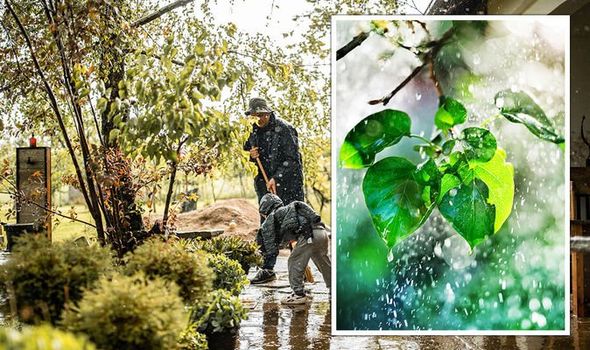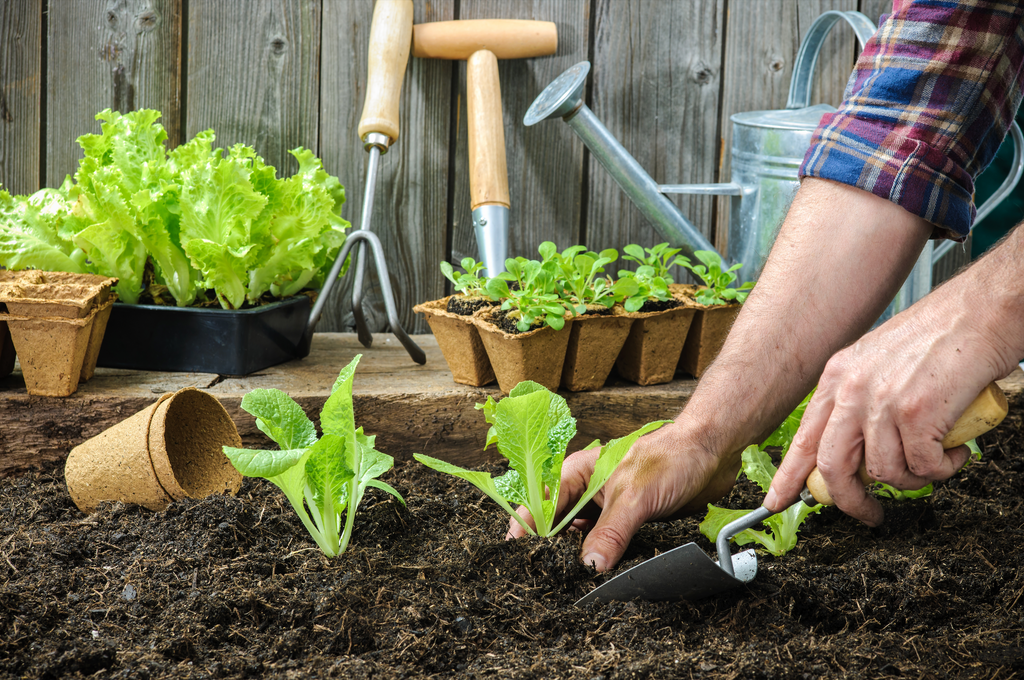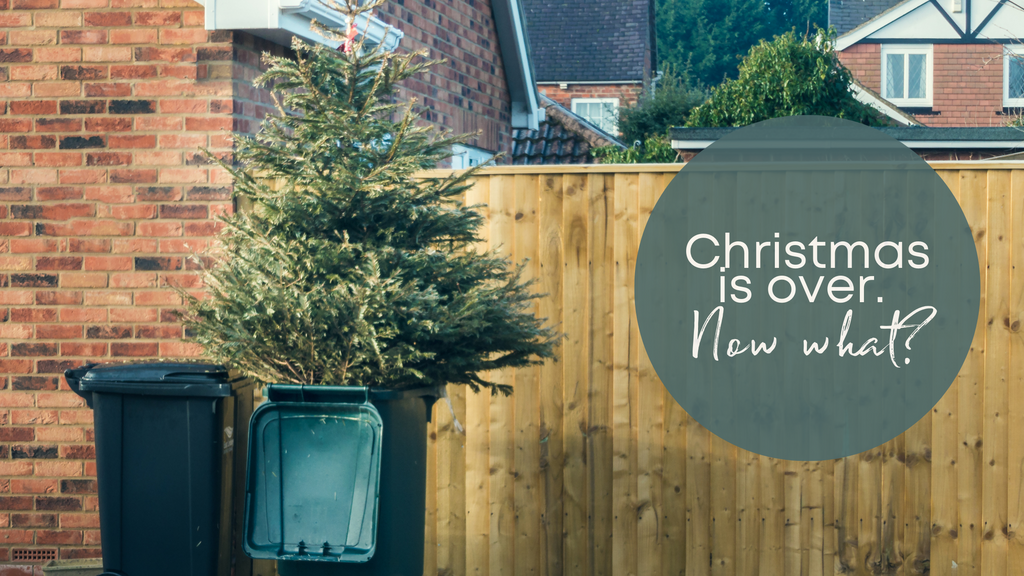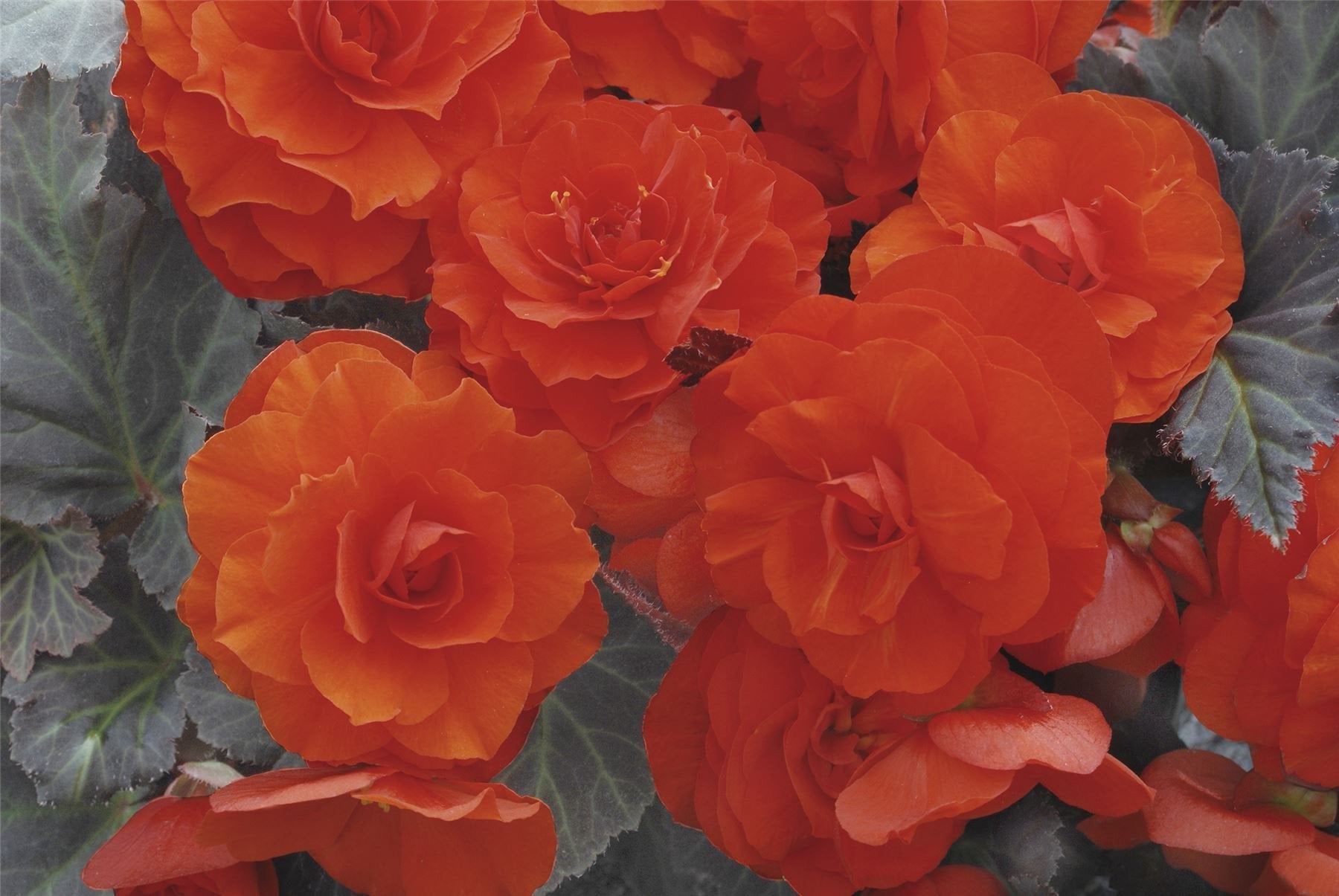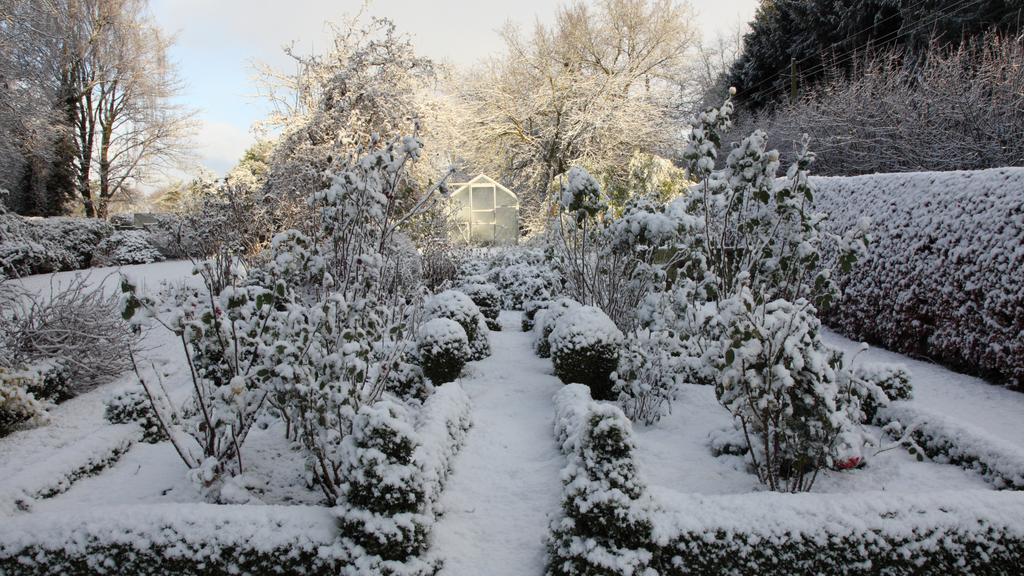
Easy ways to keep snow and frost at bay – how to navigate it in your garden


As the temperature drops, you're inclined to adjust the thermostat and pull on an extra layer to keep the winter chills out and the warmth in. So, the same can be said about your garden. Just as you protect yourself from the icy elements, you want to cloak or shroud your shrubs with the same care. So, we have created this easy-to-follow guide on how to keep frost from damaging the plants in your UK gardens. After all, all the months of careful planning and preparation should be well-spent now that winter is around.
You know snow, what about frost, though?
In the UK, an estimated 23.7 days of snowfall or sleet is expected each year, according to the Met Office. This blog in GoodtoKnow gives some insights into when we could expect the latest snowflakes to fall and where.
So, let's unpack frost. For frost to occur, temperatures must drop to freezing before it sets in. Frost can happen anywhere between 0°C and 2°C. Additionally, there can be light or hard frost. A light frost, occurring on the slightly warmer side, would kill the tops of some plants, leaving the lower parts green and intact. At the freezing end of the scale, a hard frost can kill all above-ground plants in just a few short hours. Anything below 0 degrees celsius is considered a freeze, which is more damaging than a frost and can devastate your garden.
Methods to protect your plants from frost
- Relocate or wrap your pots.
One of the simplest and easiest ways to protect your plants from frost is to move potted pots inside. Try a garage, a conservatory, or a garden shed. Frost is particularly hard on potted plants because they don't have the insulation properties of those planted in the ground.
Should moving pots inside not be an option, try to group them together to protect against the elements. Potted plants are more susceptible to freezing roots. To help prevent this, wrap the pots with blankets or raise them onto bricks to allow excess water to flow away and prevent roots from soaking in icy water and damaging the plants.
- Bring out the covers.
Use old sheets, blankets, or gardening fleece to create a protective cover for plants. Stakes help keep it in place and ensure the cover reaches the ground, creating a dome of insulation. Use bricks or anything heavy to anchor the cover in windy conditions too. Woven plastic sheets are a great way to keep the cover dry in wet weather. Just remember to remove the extra layer by lunchtime, so your plants don't overheat.
- Bring on the mulch.
Mulch on your garden beds, such as shredded or chipped bark or compost, can help to keep the warmth in. Generously cover the plants the night before the low-temperature forecast, and remove them when the weather has warmed up. However, mulch is best used in a selected area and is not ideal for large spaces, as it can be messy and labour-intensive. And it must not be used for fragile seedlings. This would be counter-productive!
- Use a Cloche.
A garden cloche (French for bell) makes an aesthetically pleasing addition to your winter garden. These rounded or bell-shaped covers are placed over seedlings and smaller plants. Made from either glass or plastic, they're an easy DIY out of plastic water bottles or milk containers. Simply cut off the bottom, and push it about an inch into the soil. Next, secure the upside-down container using the handle and tie it to a stake. You can leave the lid on at night but remove it during the day to allow for some well-needed ventilation.
- Winter weather still means watering your garden.
Moist soil retains up to four times more heat than dry soil. The moisture in the soil will send heat to the surface, warming it up significantly. The best time of day to water plants during the winter months is in the mornings. This will allow the wet soil to fully take advantage of the day's warmth when the risk of frost is high.
Knowing what type of soil you're dealing with is your first step toward protecting it. Types of soil include clay, silt, sandy, chalky, and loam. Begin by grabbing a handful and squeezing. If the soil crumbles to pieces, you have sandy soil. If it stays intact and is pliable, you have clay. Loam lives somewhere between the two.
Final thoughts
When temperatures hit 32°F (0°C), vegetable crops such as peppers, tomatoes, and flowering plants like petunias and begonias, if left alone, will likely not survive frost or snow without some helpful intervention. Use the tips in this guide to ensure your garden stays healthy all year round. UCS Fresh is your go-to online gardening, groceries, and gifts retailer. And fresh fruit and vegetables are delivered straight to your door twice a week.



